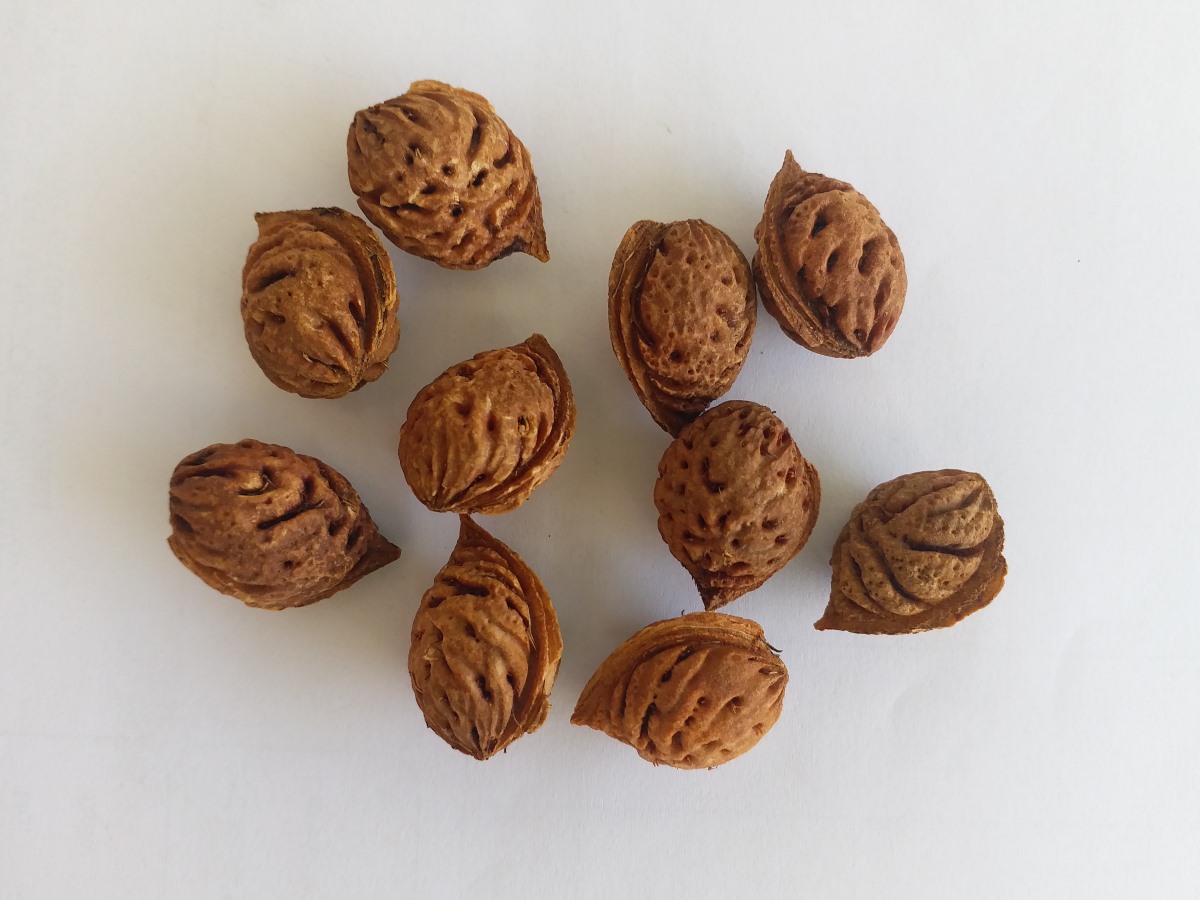

Articles
How To Store Peach Seeds
Modified: May 6, 2024
Learn how to properly store peach seeds with these helpful articles. Find out the best methods for preserving and planting peach seeds to ensure successful growth.
(Many of the links in this article redirect to a specific reviewed product. Your purchase of these products through affiliate links helps to generate commission for Storables.com, at no extra cost. Learn more)
Introduction
Storing peach seeds is a great way to not only preserve the seeds for future use but also to potentially grow your own peach trees. With a little effort and the right techniques, you can ensure the viability of peach seeds for extended periods of time.
In this article, we will explore the benefits of storing peach seeds, as well as provide a step-by-step guide on how to prepare, extract, clean, and store peach seeds. We will also discuss the importance of maintaining seed viability and offer some useful tips to ensure successful peach seed storage.
By following these guidelines, you can embark on a journey to create your very own peach orchard or simply have a ready supply of peach seeds for gardening projects.
Key Takeaways:
- Save money and preserve heirloom peach varieties by storing peach seeds. Experiment, educate, and share with others while enjoying the satisfaction of growing your own peach trees.
- Follow proper techniques, maintain a dry environment, and monitor seed viability to ensure successful peach seed storage. Enjoy the rewards of preserving and growing peach trees from seeds.
Read more: How To Plant Peach Seeds
Benefits of Storing Peach Seeds
Storing peach seeds brings several benefits to gardeners and enthusiasts. Here are a few advantages:
- Cost-saving: By storing peach seeds, you can save money on buying new seeds each year. Growing peach trees from seeds is a cost-effective way to expand your orchard or start a new one.
- Preserving heirloom varieties: If you have a favorite heirloom peach variety that you would like to continue growing, storing the seeds allows you to maintain its unique characteristics and flavors for future generations.
- Experimentation and hybridization: For avid gardeners and plant breeders, storing peach seeds provides an opportunity to experiment and create new hybrid varieties by cross-pollinating different peach trees.
- Education and learning: Storing peach seeds can be a fun and educational activity for children and adults alike. It offers a hands-on experience in understanding the life cycle of plants and the process of seed germination.
- Gift-giving and sharing: Having a collection of stored peach seeds allows you to share them with friends, family, or fellow gardening enthusiasts. It is a thoughtful and personal gift that can inspire others to start their own peach-growing journeys.
Now that we understand the benefits of storing peach seeds, let’s explore the necessary steps to ensure successful preservation and viability.
Preparation for Storing Peach Seeds
Before you begin storing peach seeds, it’s important to gather the necessary materials and ensure you have a suitable environment for the preservation process. Here’s what you’ll need:
- A ripe, healthy peach
- A sharp knife
- A cutting board
- A bowl of water
- A sieve or strainer
- Paper towels or a clean cloth
- Small paper bags or envelopes
- A marker or pen for labeling
Once you have these materials ready, follow these steps to prepare the peach seeds for storage:
- Choose a ripe peach: Select a ripe peach that has reached its full maturity. Avoid using overripe or underripe peaches, as they may not produce viable seeds.
- Cut the peach: Use a sharp knife to cut the peach in half, vertically along the pit.
- Remove the pit: With your fingers or the knife, carefully remove the pit from the peach flesh. Be gentle to avoid damaging the seed inside.
- Clean the seed: Rinse the peach seed under running water to remove any remaining fruit residue. Gently rub the seed with your fingers to ensure it is thoroughly cleaned.
- Dry the seed: Place the cleaned seed on a paper towel or clean cloth and pat it dry. Allow the seed to air dry completely before moving on to the next step. This ensures that any moisture is eliminated, reducing the risk of mold or rot during storage.
- Label the storage container: Take a small paper bag or envelope and label it with the date and variety of the peach seed. This will help you keep track of the seeds and their viability over time.
- Place the seed in the container: Carefully place the dried peach seed into the labeled bag or envelope. Seal it securely to prevent moisture or pests from entering.
- Store in a cool and dry place: Find a cool, dry location for storing the peach seeds. Ideally, the temperature should be around 40°F (4°C), and the humidity should be low. Avoid areas prone to fluctuations in temperature or high humidity, such as the kitchen or bathroom.
Now that the peach seeds are prepared and ready for storage, it’s important to select the right peaches for seed extraction to ensure the highest chances of germination. We will discuss this in the next section.
Selecting the Right Peaches for Seed Storage
When it comes to storing peach seeds, selecting the right peaches for the extraction process is crucial. By choosing the right peaches, you increase the likelihood of obtaining healthy and viable seeds that will have a higher chance of germination. Here are some factors to consider when selecting peaches for seed storage:
- Variety: Different peach varieties have different characteristics and flavors. If there is a specific variety of peach tree you want to regenerate or preserve, select fruits from that particular variety.
- Ripeness: Choose fully ripe peaches for seed extraction. Ripe peaches are softer to the touch, have a vibrant color, and have a fragrant aroma. Avoid using underripe or overripe peaches, as they may produce seeds with lower viability.
- Quality: Inspect the peaches for any signs of disease, damage, or deformities. It is important to choose peaches that are healthy and free from any visible issues. This ensures that the seeds you extract will have the best chance of germination.
- Organic or non-treated: If possible, select organic peaches or peaches that have not been treated with synthetic chemicals or pesticides. This reduces the risk of any chemical residues being present on the seeds, which could potentially affect their viability.
- Open-pollinated: If you are specifically interested in preserving the characteristics of a particular peach tree, look for open-pollinated peaches. Open-pollinated varieties typically produce seeds that will closely resemble the parent tree.
Remember, the quality of the peaches you choose for seed storage will directly impact the quality and viability of the seeds themselves. Taking the time to select the best peaches will ultimately lead to more successful germination when you are ready to plant the stored seeds.
In the next section, we will explore the process of extracting peach seeds from the selected fruits in detail.
Extracting Peach Seeds
Extracting peach seeds is a relatively simple process that involves removing the seed from the fruit’s flesh without damaging it. Follow these steps to extract peach seeds properly:
- Prepare the peach: Select a ripe peach and rinse it under running water to remove any surface dirt or debris.
- Cut the peach: Use a sharp knife to cut the peach in half along the natural groove, from the stem end to the bottom.
- Remove the seed: With your fingers or a spoon, gently pry the seed from the flesh of each peach half. Be careful not to apply too much pressure, as you don’t want to crush or damage the seed.
- Separate the seed from the fruit: Once the seed is removed from the peach, inspect it to make sure there is no flesh or fruit pulp attached to it. If there is, gently separate the seed from the remaining fruit using your fingers or a soft cloth.
- Discard damaged or deformed seeds: Examine the extracted seeds and discard any that are visibly damaged, deformed, or discolored. This step ensures that you are storing only healthy and viable seeds.
- Repeat the process: If you have more peaches to extract seeds from, repeat steps 2 to 5 until you have collected all the desired seeds.
- Dispose of the fruit waste: Properly dispose of the remaining peach fruit or utilize it for other purposes, such as making peach jam or adding it to your compost pile.
Once you have successfully extracted the peach seeds, it’s important to clean and dry them before moving on to the next step of the storage process. We will discuss the cleaning and drying process in the following section.
After removing the seeds from the peaches, rinse them thoroughly and allow them to dry completely. Store the dried seeds in a cool, dry place in an airtight container to prevent moisture and mold growth.
Read more: How To Germinate Peach Seed
Cleaning and Drying Peach Seeds
After extracting the peach seeds, it’s crucial to clean and dry them thoroughly before storing. Proper cleaning removes any remaining fruit residue and helps prevent the growth of mold or bacteria during storage. Follow these steps to clean and dry peach seeds:
- Rinse the seeds: Place the extracted peach seeds in a sieve or strainer and rinse them under cool running water. Gently rub the seeds between your fingers to remove any flesh or pulp that may be stuck to them.
- Inspect the seeds: As you clean the seeds, look for any signs of damage, deformities, or discoloration. Discard any damaged or unhealthy-looking seeds, as they may not germinate successfully.
- Pat them dry: After rinsing, use paper towels or a clean cloth to pat the seeds dry. Ensure that you remove as much moisture as possible from the surface of the seeds.
- Air dry the seeds: Once the seeds are patted dry, place them on a clean towel or paper towel in a well-ventilated area. Allow them to air dry completely for a few days. This process ensures that any remaining moisture evaporates, reducing the risk of mold or rot during storage.
- Monitor the drying process: While the seeds are drying, periodically check on them to ensure they are not developing any signs of mold or other issues. If you notice any seeds showing signs of mold or rot, remove them immediately to prevent the spread of these problems to the other seeds.
- Store in a labeled container: Once the peach seeds are completely dry, transfer them to small paper bags or envelopes. Label each container with the date and variety of the seeds. This will help you keep track of the stored seeds and their viability over time.
Properly cleaning and drying peach seeds before storage helps ensure their longevity and increases the chances of successful germination when you are ready to plant them. Next, let’s explore the best way to store peach seeds for long-term viability.
Storing Peach Seeds in a Dry Environment
Creating the right storage conditions is crucial for preserving the viability of peach seeds. By providing a dry environment, you can protect the seeds from moisture and prevent decay. Follow these steps to store peach seeds in a dry environment:
- Choose a suitable container: Select airtight containers such as small glass jars or resealable plastic bags to store the peach seeds. Make sure the containers are clean and dry before use.
- Add desiccant packets (optional): To further minimize moisture, you may include desiccant packs in the storage container. Desiccant packs are small bags filled with materials that absorb moisture, such as silica gel or powdered clay.
- Place the seeds inside the container: Carefully put the dried peach seeds into the selected container. Avoid overcrowding the seeds to allow adequate air circulation.
- Seal the container: Seal the container tightly to prevent any moisture or air from entering. If using a resealable plastic bag, squeeze out as much air as possible before sealing it.
- Label the container: Clearly label the container with the date and variety of the peach seeds. This will help you keep track of the stored seeds and ensure proper rotation if you have multiple batches.
- Store in a cool and dry place: Find a cool, dry location to store the sealed containers of peach seeds. The ideal temperature for seed storage is around 40°F (4°C). Avoid areas that are prone to high humidity, such as basements or bathrooms.
- Avoid temperature fluctuations: It’s important to store the seeds in an environment with stable temperatures. Avoid areas that experience drastic temperature fluctuations throughout the day or in different seasons.
By storing peach seeds in a dry environment, you can extend their longevity and increase the chances of successful germination when you are ready to plant them. However, it’s important to periodically monitor the seeds for any signs of degradation or mold. Let’s explore some tips for monitoring and maintaining seed viability in the next section.
Monitoring and Maintaining Seed Viability
After storing peach seeds, it’s essential to regularly monitor their viability to ensure they remain healthy and suitable for germination. Here are some key steps for monitoring and maintaining the viability of stored peach seeds:
- Periodically check the seeds: Every few months, inspect the stored peach seeds for signs of mold, decay, or pest infestation. If you notice any issues, remove the affected seeds immediately to prevent the problem from spreading to the rest of the batch.
- Test seed viability: To determine the viability of your stored peach seeds, you can perform a germination test. Take a small sample of seeds and sow them in a seed tray or pots with a suitable growing medium. Keep them under proper growing conditions and observe how many seeds successfully germinate. This will give you an indication of the overall viability of the stored seeds.
- Rotate seeds regularly: If you have multiple batches of stored peach seeds, make sure to rotate them regularly. Use the older seeds first to avoid any loss of viability over time. Proper rotation helps ensure that none of the seeds go to waste and that you always have a fresh supply of viable seeds.
- Keep records: Maintain detailed records of the stored seeds, including the date of storage, variety, and any observations you make during the monitoring process. This will help you track the longevity and viability of different batches over time.
- Refresh stored seeds: Over time, the viability of stored peach seeds may decline. To refresh the stored seeds, you can stratify them before planting. Stratification involves subjecting the seeds to a period of cold and moist conditions, mimicking winter, to break their dormancy and enhance germination.
- Properly dispose of non-viable seeds: If you discover that a portion of your stored peach seeds has lost viability, it’s important to properly dispose of them. You can discard non-viable seeds by adding them to your compost pile or garden waste, ensuring they do not remain in the storage area.
By proactively monitoring and maintaining the viability of stored peach seeds, you can ensure a greater success rate when it’s time to germinate and grow them. Now let’s explore some additional tips to increase your chances of successful peach seed storage.
Tips for Successful Peach Seed Storage
To maximize your chances of successful peach seed storage, consider the following tips:
- Choose high-quality seeds: Select healthy and fully developed peach seeds for storage. Avoid using damaged or underdeveloped seeds, as they may have lower viability.
- Keep seeds dry: Moisture is the enemy of seed storage. Ensure the seeds are completely dry before placing them in storage containers. Remove any excess moisture to prevent mold or rot.
- Store in airtight containers: Use airtight containers, such as glass jars or resealable plastic bags, to store the peach seeds. This prevents air, moisture, and pests from compromising the quality of the seeds.
- Maintain consistent temperature: Store the seeds in an environment with a stable temperature of around 40°F (4°C). Fluctuating temperatures can affect seed viability, so avoid storing them in places prone to temperature variations.
- Avoid direct sunlight: Keep the storage containers away from direct sunlight. Prolonged exposure to sunlight can increase temperatures and potentially damage the seeds.
- Rotate stored seeds: If you have multiple batches of stored peach seeds, practice rotation to use the older seeds first. This ensures that you always have a fresh supply of viable seeds and reduces the risk of seeds losing viability over time.
- Regularly monitor for pests: Check the storage containers for any signs of pests, such as insects or rodents. If you notice any infestation, take immediate action to eliminate the pests and protect the stored seeds.
- Label and keep records: Properly label the storage containers with the date and variety of the peach seeds. Additionally, maintain detailed records of the storage process and any observations made during monitoring. This will help you keep track of the viability of different batches over time.
- Refresh seeds if needed: If stored peach seeds show signs of declining viability, consider stratification before planting. This process can enhance germination rates and improve the chances of successful growth.
- Obtain seeds from reliable sources: When starting with new peach seeds, ensure you obtain them from reputable sources to ensure their quality and viability.
By following these tips, you can increase the likelihood of successful peach seed storage and maintain a ready supply of viable seeds for future use. Now you’re well-equipped to embark on your journey of preserving and growing peach trees from seeds.
Read more: How To Grow A Peach Seed
Conclusion
Storing peach seeds is a rewarding and practical way to preserve the viability of these seeds for future use. By following the proper steps and techniques, you can ensure that the stored peach seeds remain healthy and ready for germination when you are ready to plant them.
In this article, we’ve discussed the benefits of storing peach seeds, including cost savings, preserving heirloom varieties, and the opportunity for experimentation and hybridization. We’ve covered the preparation process, including selecting the right peaches for seed extraction and properly cleaning and drying the seeds.
We’ve also explored the importance of storing peach seeds in a dry environment, away from moisture and fluctuations in temperature. Monitoring and maintaining seed viability is crucial, requiring regular checks for mold, pests, and frequent rotation of stored seeds.
To ensure successful peach seed storage, remember to choose high-quality seeds, store them in airtight containers, maintain a consistent temperature, avoid direct sunlight, and regularly monitor for pests. Labeling the storage containers and keeping detailed records will help you stay organized and track the viability of different batches over time.
With these tips and guidelines in mind, you can embark on a journey of preserving peach seeds, whether it be for expanding your orchard, sharing with others, or simply enjoying the satisfaction of growing your own peach trees.
Remember, successful seed storage is a combination of proper techniques, attention to detail, and patience. By taking the time to store peach seeds correctly, you can increase the chances of successful germination and enjoy the fruits of your labor for years to come.
Now that you've mastered storing peach seeds, why not bring your green thumb to the yard? Our article on garden fence ideas offers creative designs to spruce up your outdoor space. Ready to grow those peach seeds? Our detailed guide on planting peach seeds will help ensure your peaches flourish. Both pieces are packed with tips and tricks to enhance your gardening journey.
Frequently Asked Questions about How To Store Peach Seeds
Was this page helpful?
At Storables.com, we guarantee accurate and reliable information. Our content, validated by Expert Board Contributors, is crafted following stringent Editorial Policies. We're committed to providing you with well-researched, expert-backed insights for all your informational needs.
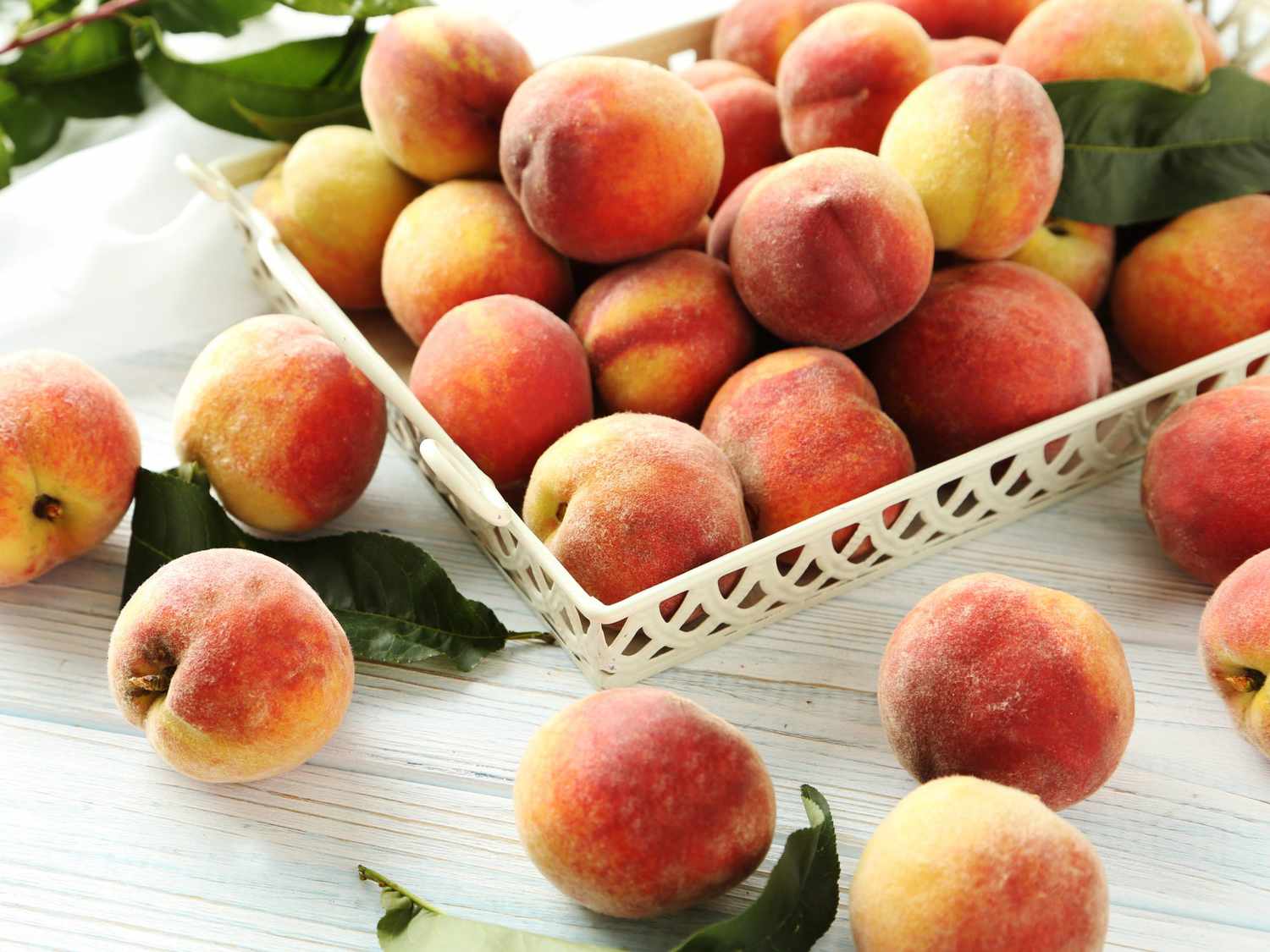
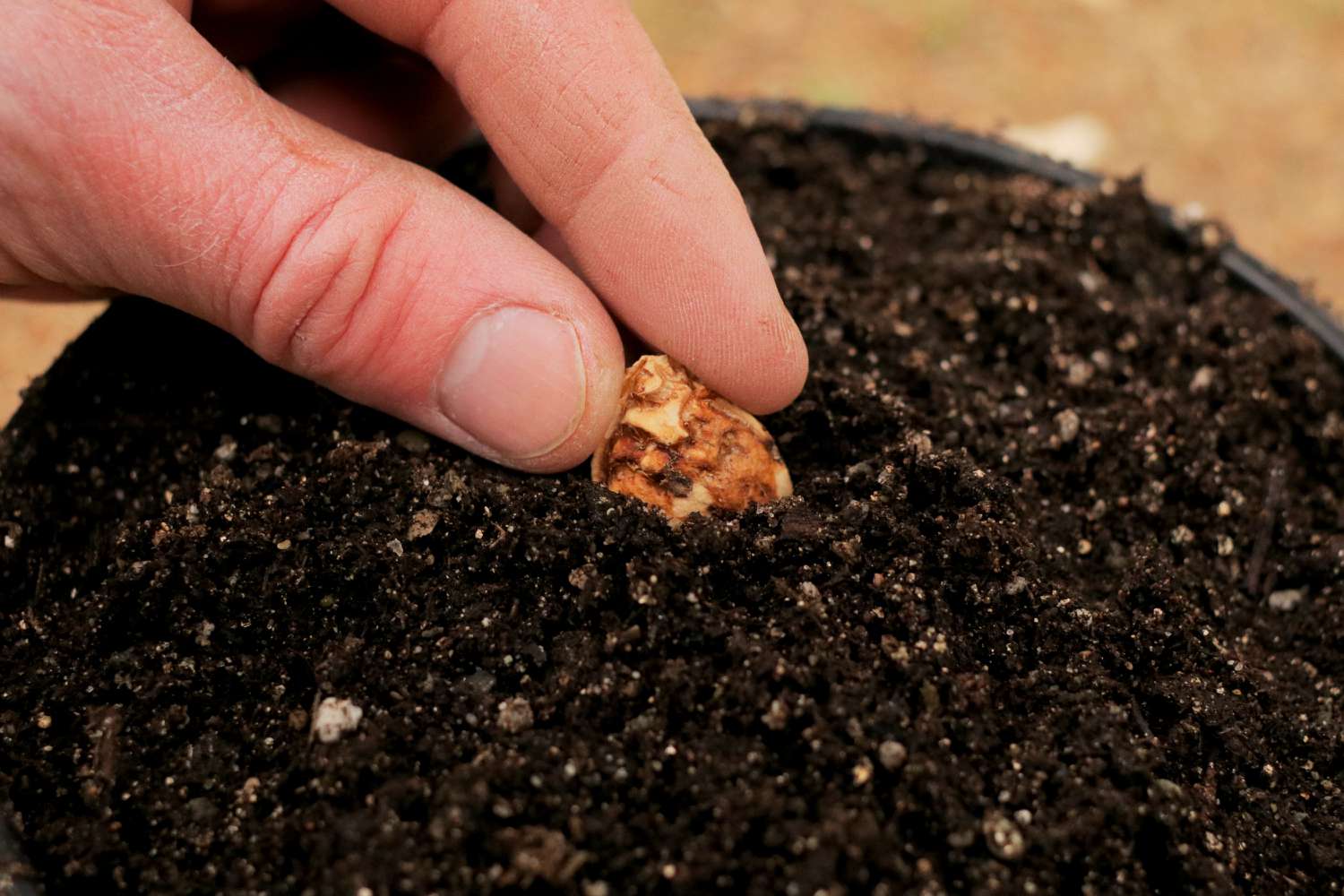
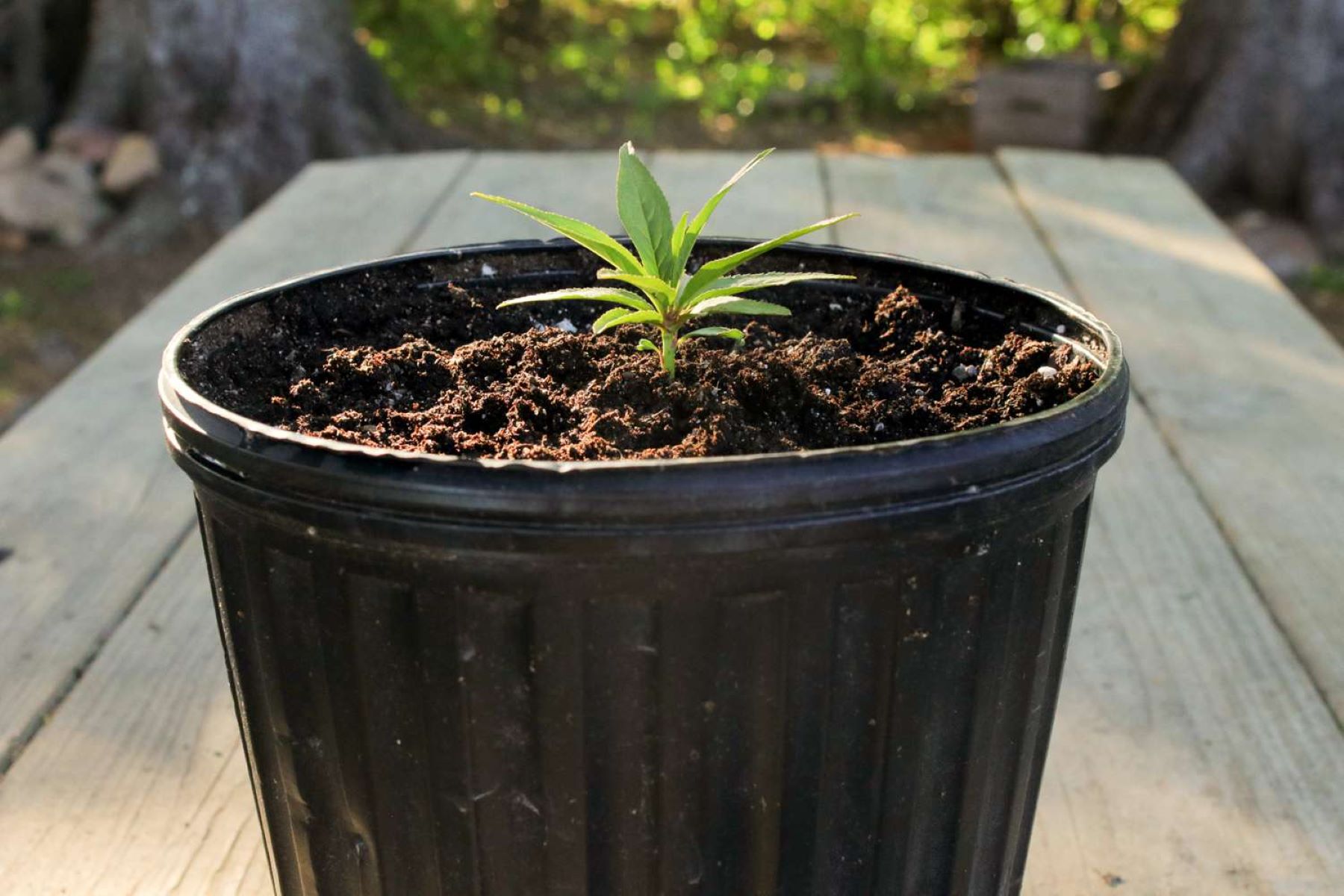
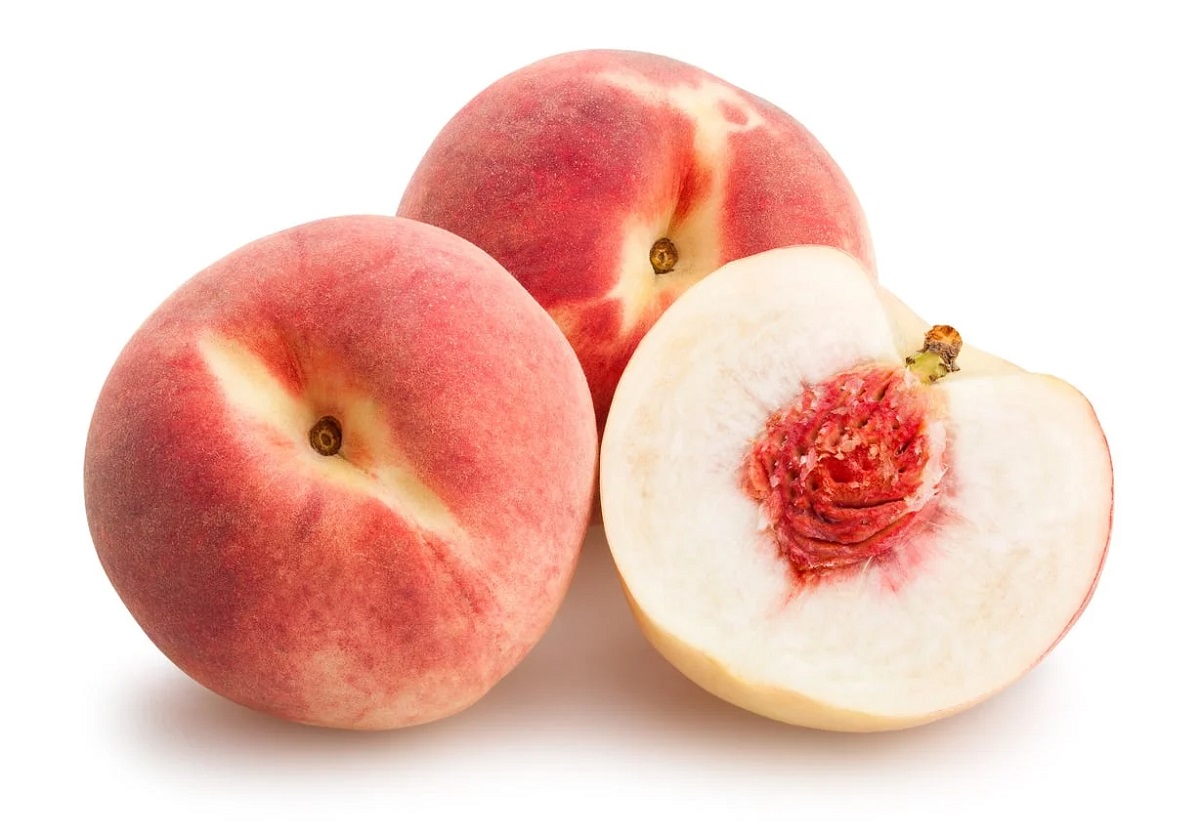
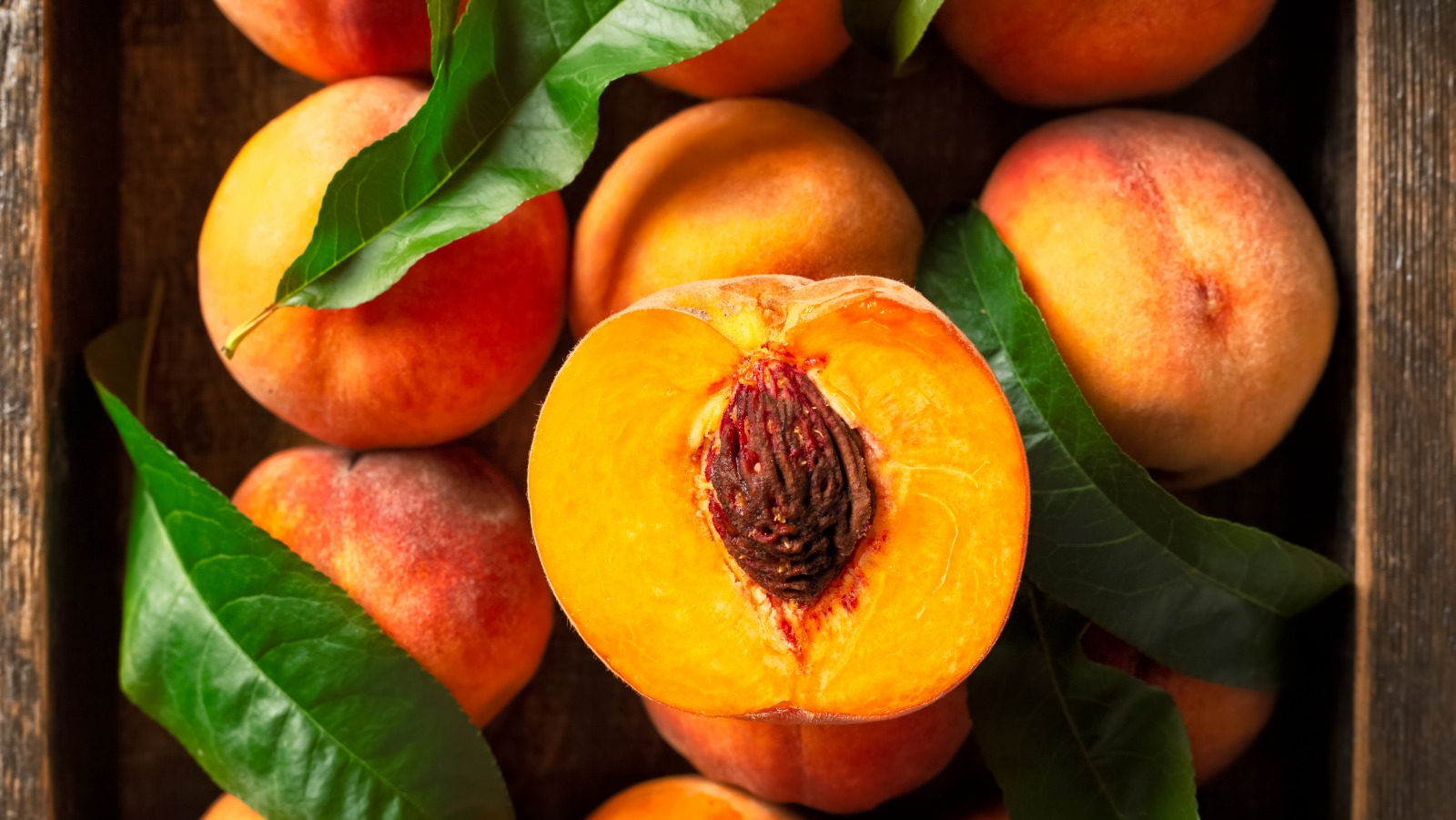
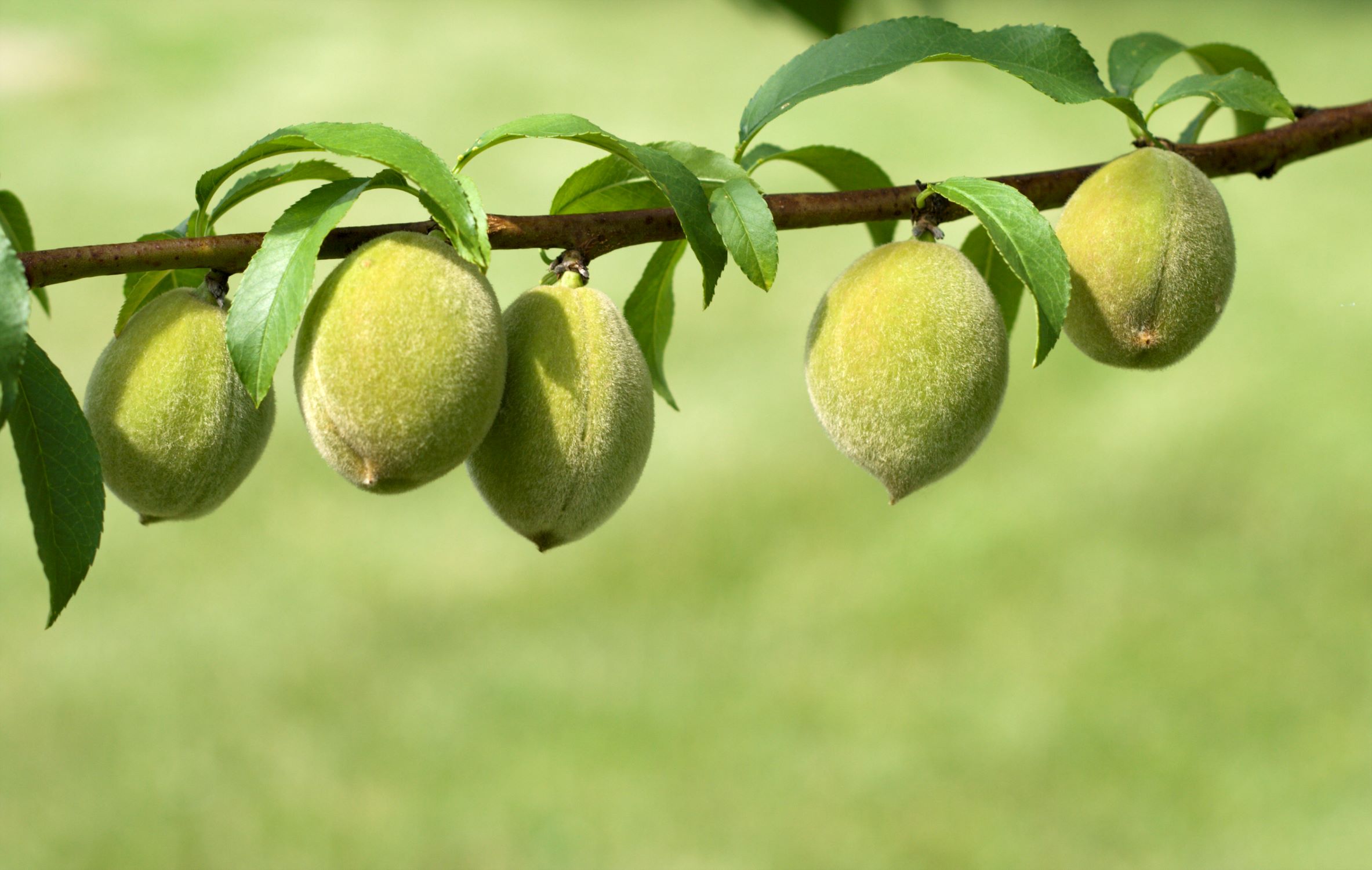
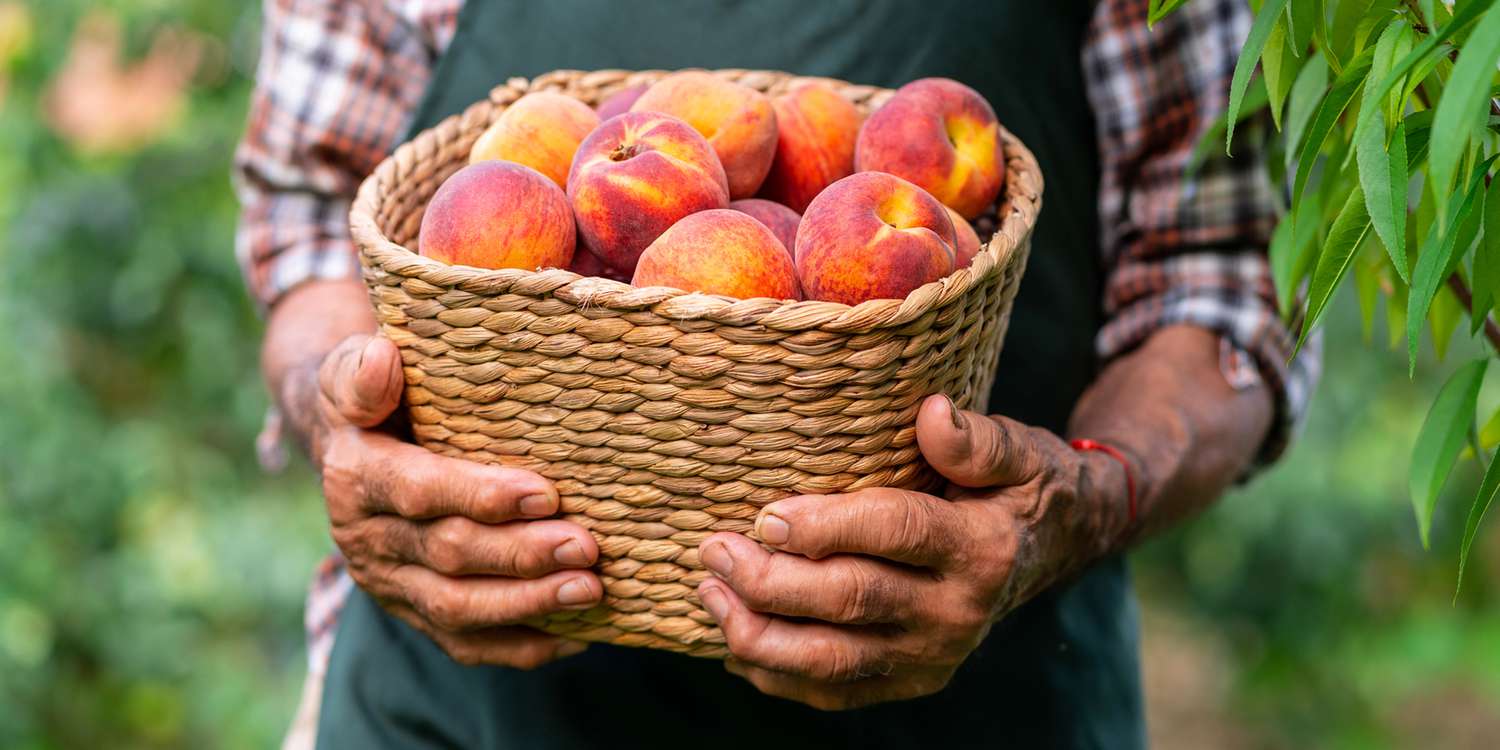
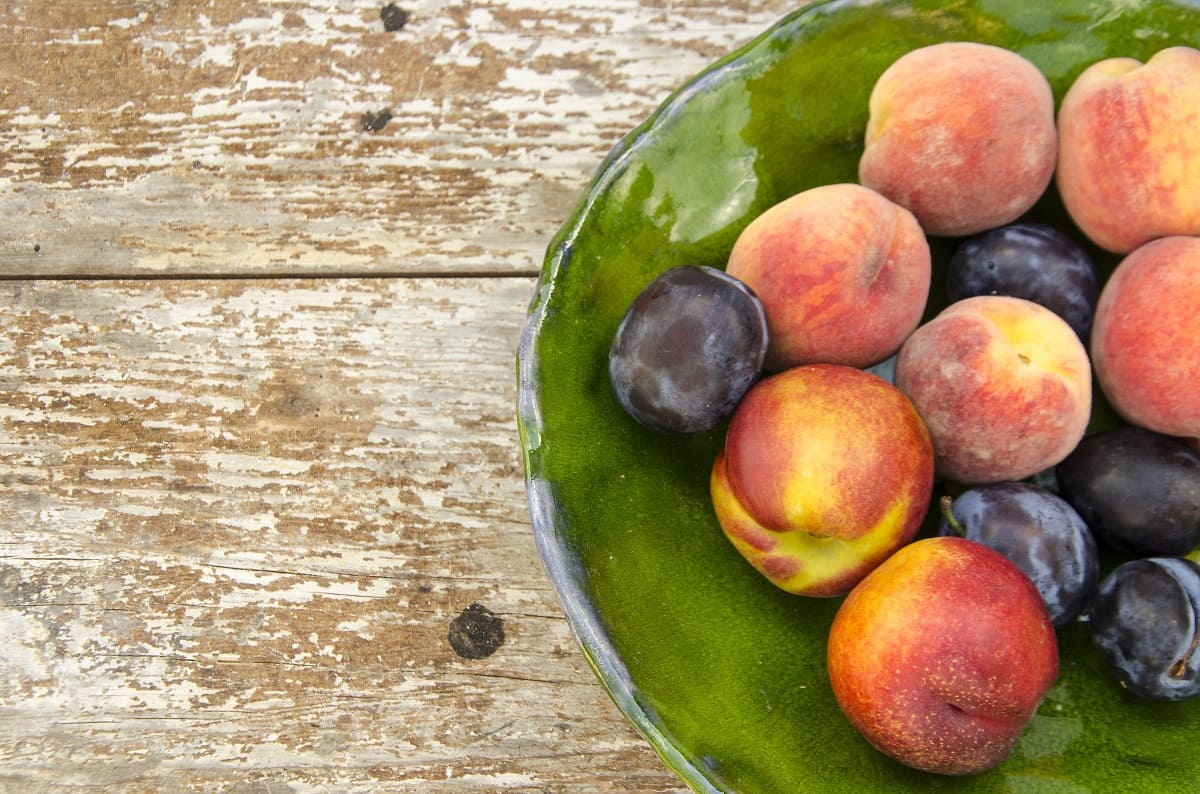
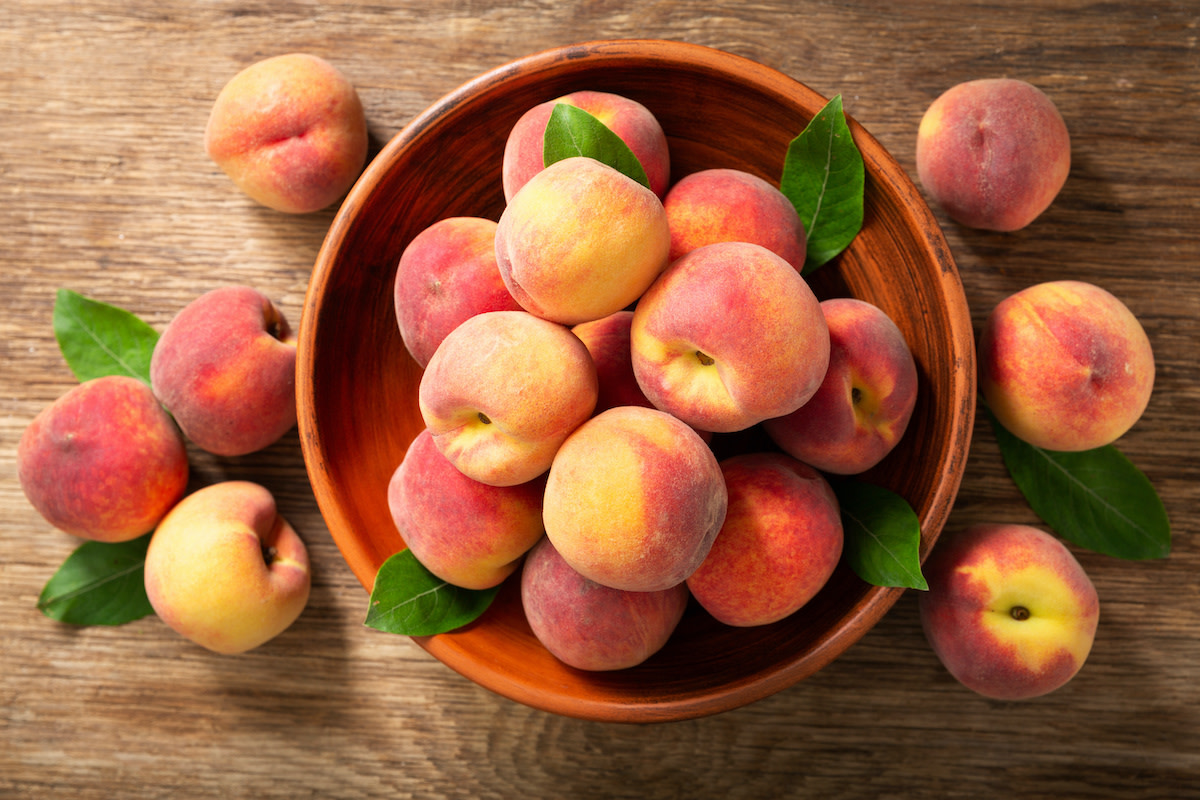
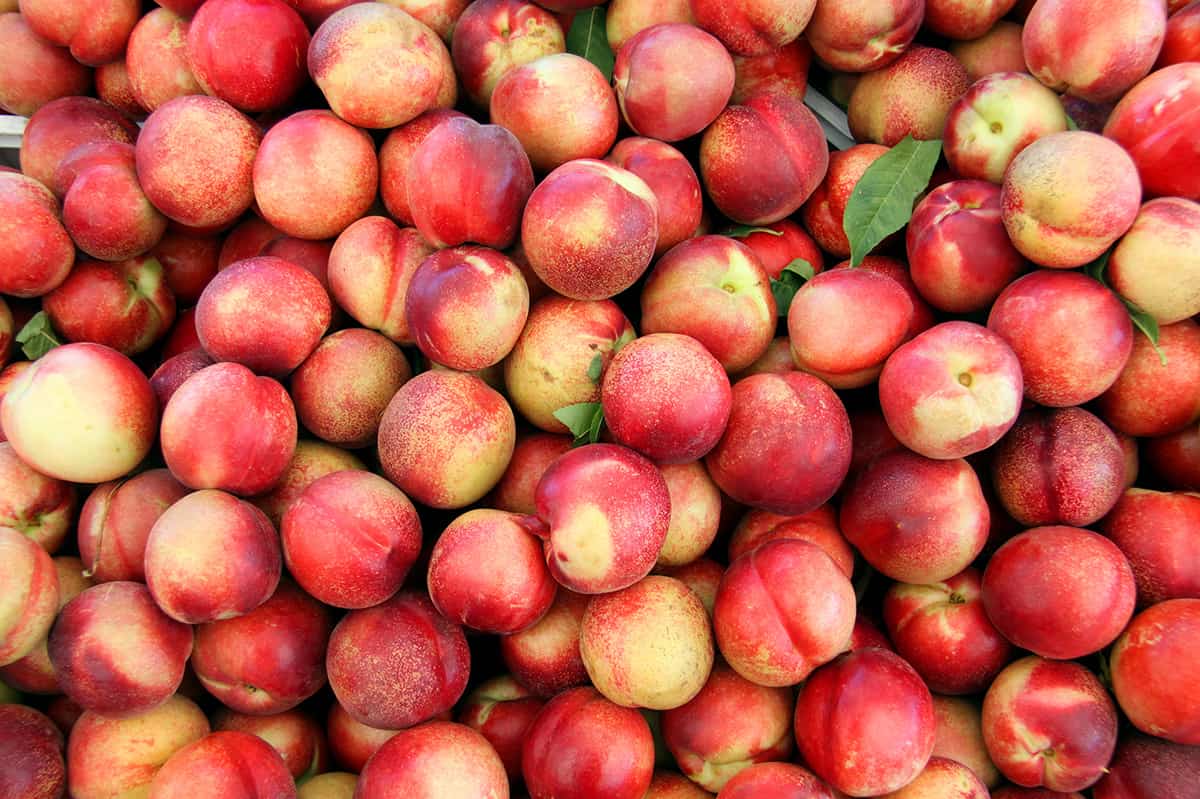
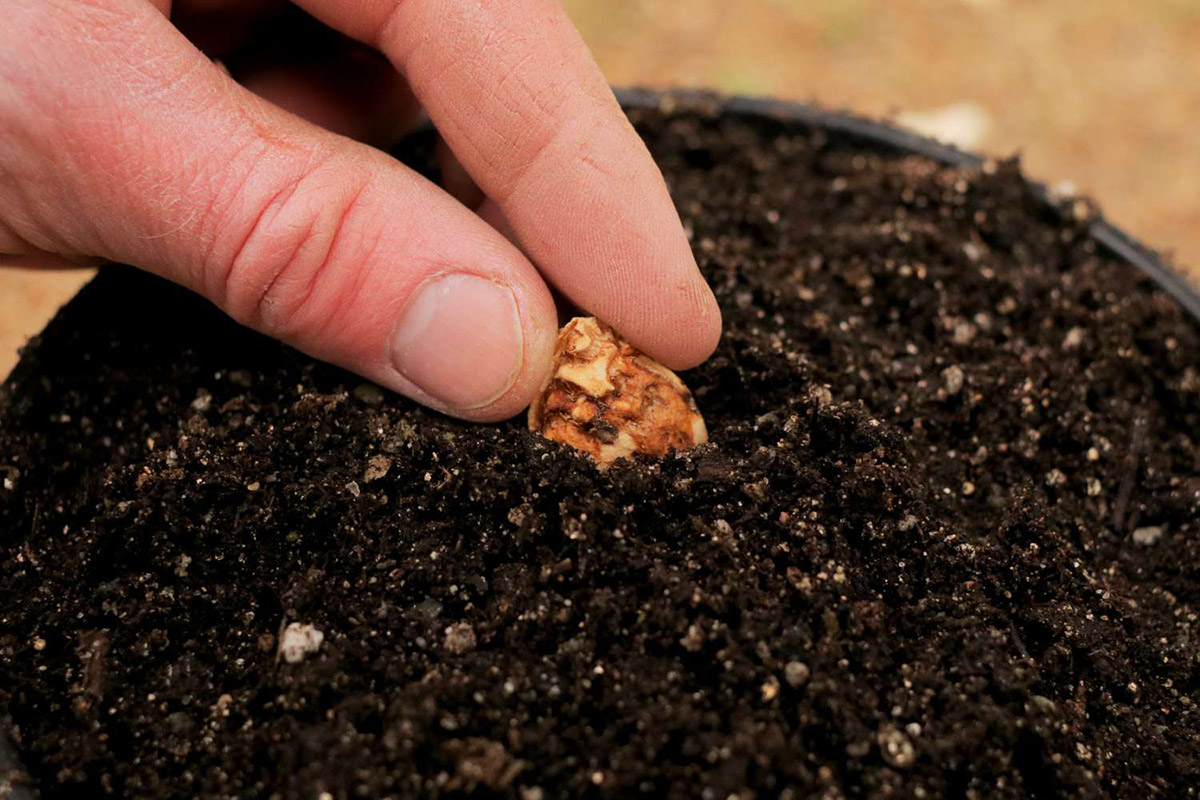
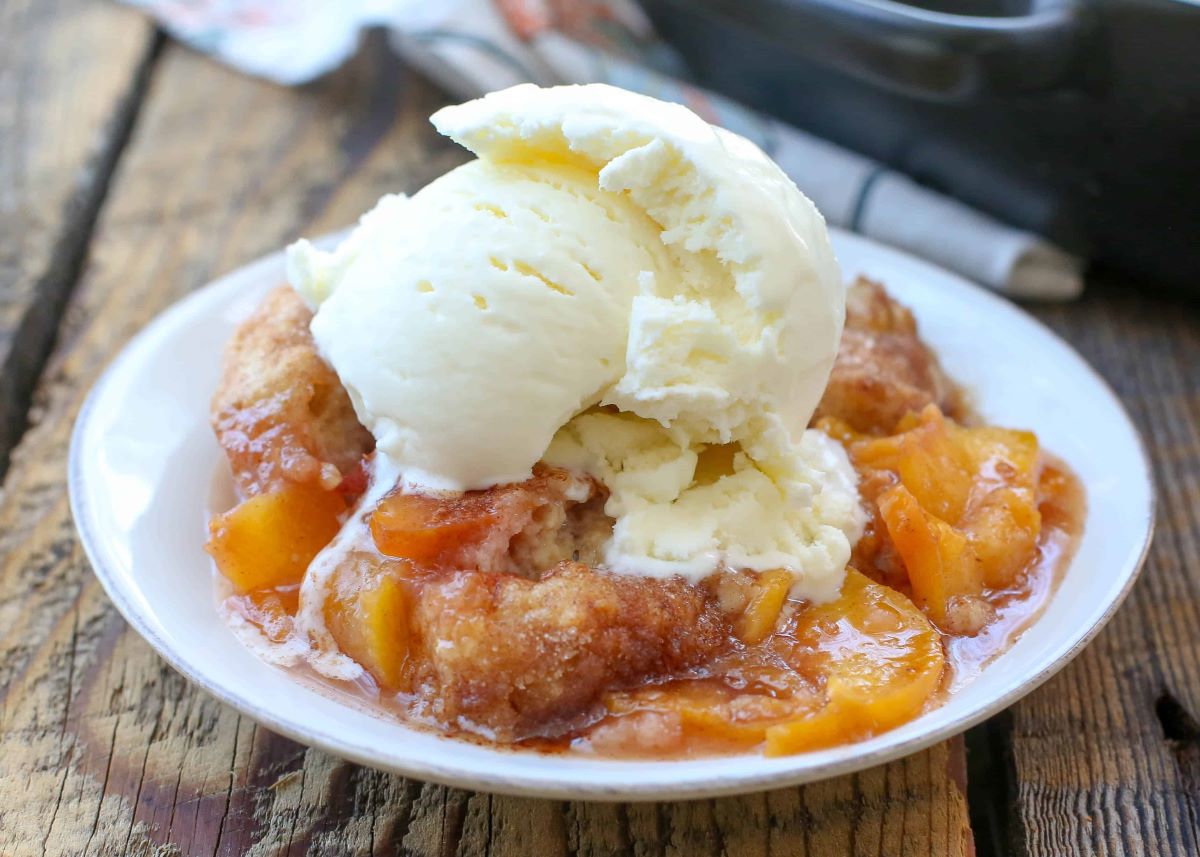
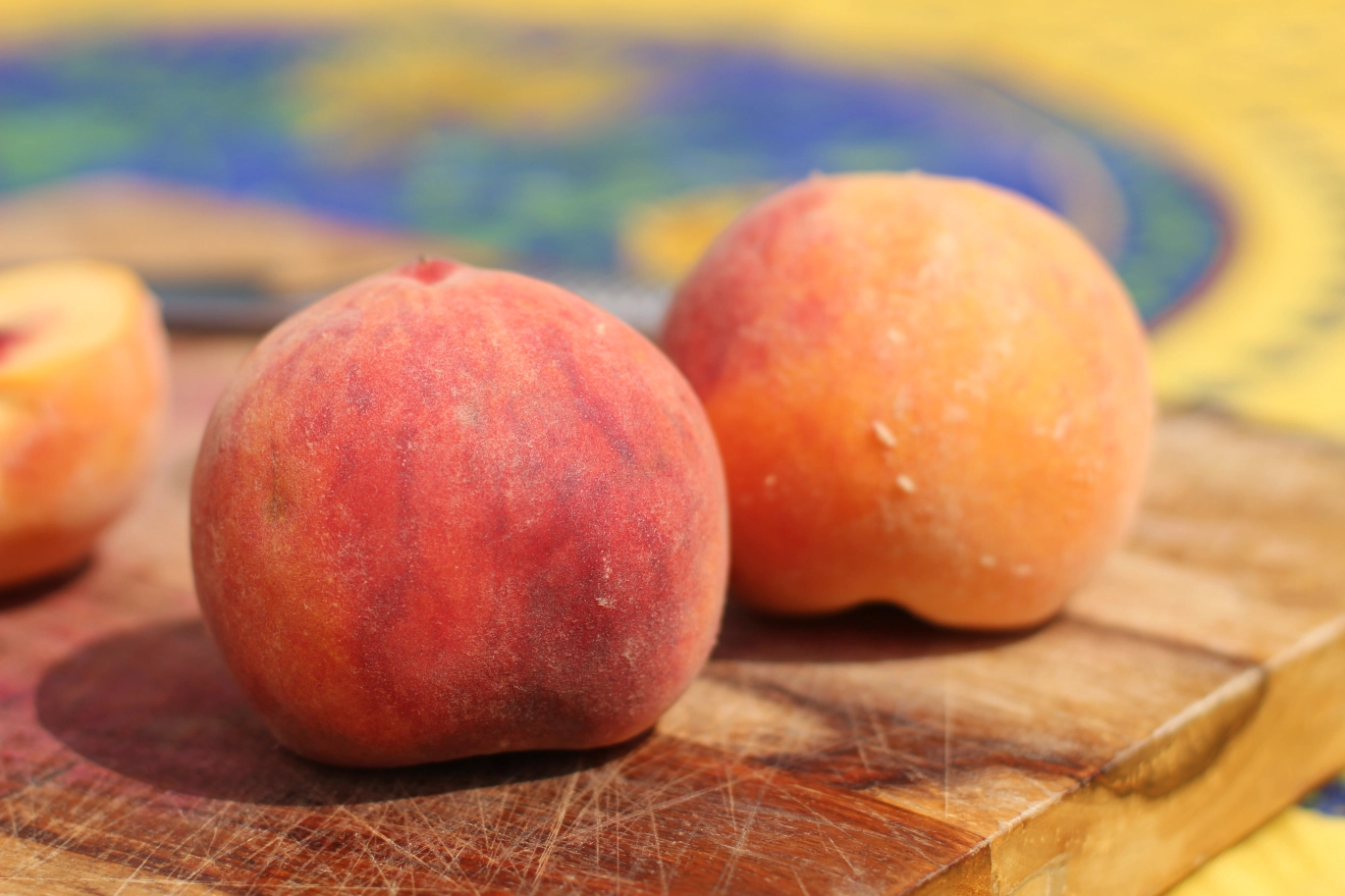

0 thoughts on “How To Store Peach Seeds”